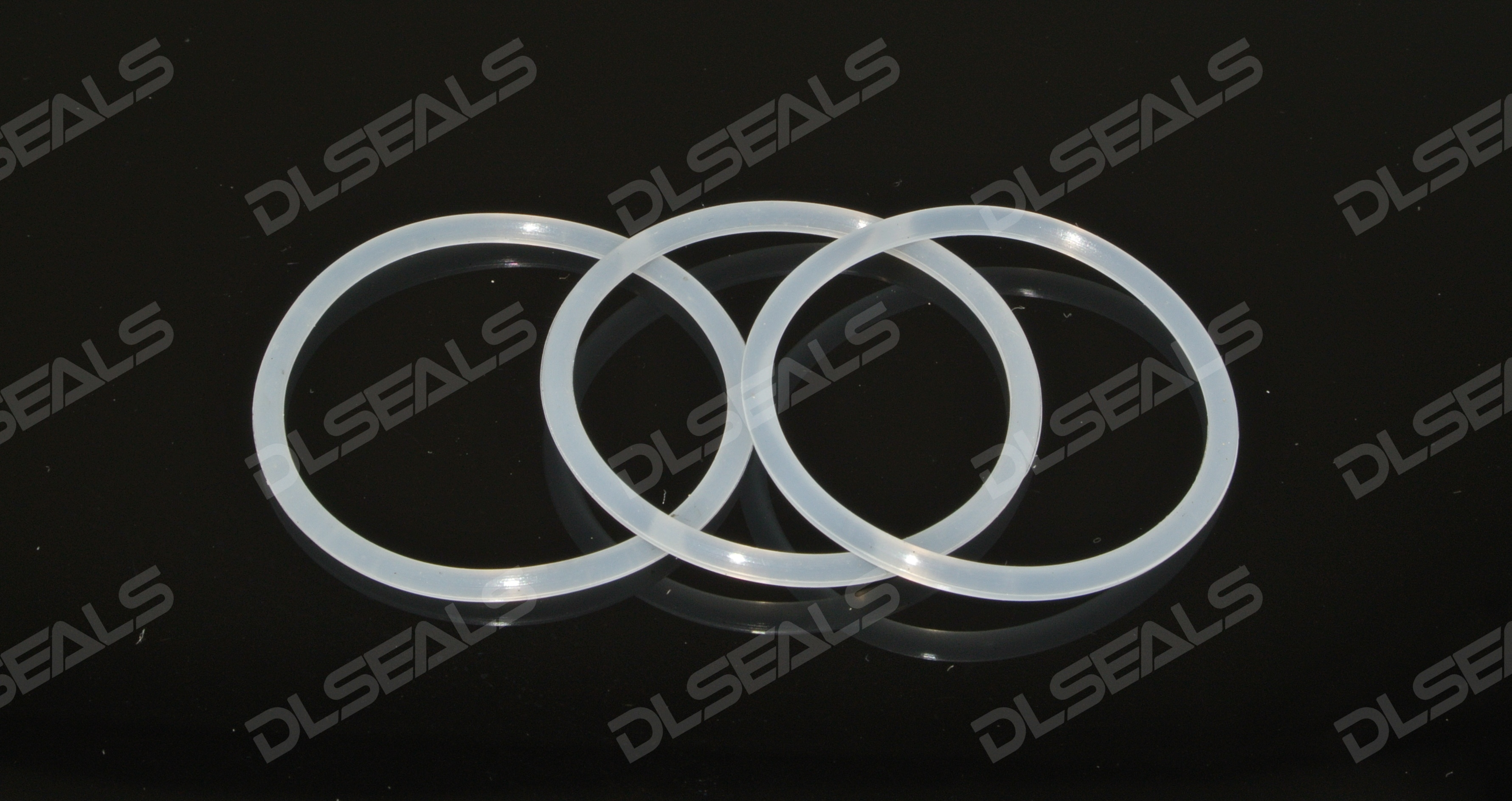As an indispensable functional component in medical equipment, the performance of seals directly affects the safety, reliability and hygiene standards of medical devices. With the advancement of medical technology and the improvement of industry standards, the application of seals in the medical industry shows a trend of diversification, high precision and material innovation. The following is a detailed analysis from the perspectives of material type, application scenarios and technological development.
1. Core materials and characteristics of medical seals
Polymer materials
Silicone seals: Silicone is widely used in infusion pumps, surgical instruments and blood separation devices due to its excellent biocompatibility, high temperature resistance (can withstand high temperature disinfection) and elastic recovery properties to ensure a sterile environment and prevent bacterial invasion.
Polytetrafluoroethylene (PTFE): PTFE seals are chemically inert, low friction coefficient and corrosion resistant. They are suitable for artificial joints, catheters and other scenes that require long-term contact with biological fluids, while meeting high cleanliness requirements.
Medical rubber (such as fluororubber): used for syringes, vacuum devices, etc., to provide reliable dynamic sealing to prevent liquid leakage and contamination.
Metal seals
Corrosion-resistant metals such as stainless steel are often used in high-pressure sterilization equipment and precision instrument connections. High-precision processing ensures that the sealing surface fits tightly and reduces the risk of leakage.
Composite sealing technology
Spring energy storage seal: Combining metal springs with materials such as PTFE, it is suitable for high-temperature and high-pressure disinfection equipment. It adapts to the deformation of the sealing surface through a dynamic compensation mechanism to extend the service life.
2. Typical application scenarios and functional requirements
Surgical instruments and extracorporeal circulation equipment
In hemodialysis machines, heart-lung machines and other equipment, seals need to withstand corrosive media such as blood and liquid medicine, while avoiding cross infection. Silicone and fluororubber seals are the first choice because of their biosafety.
Implantable medical devices
Artificial heart valves, orthopedic implants, etc. need to be in contact with human tissue for a long time. PTFE and medical silicone seals not only provide sealing functions, but also reduce rejection reactions.
Disinfection and sterilization equipment
High-pressure steam sterilizers and ethylene oxide disinfection cabinets rely on metal seals and spring energy storage sealing technology to ensure no leakage in high-temperature and high-pressure environments and ensure disinfection effects.
Liquid delivery system
O-rings and silicone seals are widely used in infusion lines and syringes. Dynamic sealing is achieved through elastic deformation to prevent drug leakage and air mixing.
Diagnostic and testing instruments
Biochemical analyzers and PCR equipment rely on high-precision seals to isolate external pollution. The low friction characteristics of PTFE can reduce the wear of moving parts and improve detection accuracy.
III. Technical challenges and innovation directions
Breakthroughs in materials science
Nano-modified materials: By adding nanoparticles, the wear resistance and temperature resistance of silicone or PTFE are enhanced to adapt to more extreme working conditions.
Degradable materials: Develop environmentally friendly sealing materials for disposable medical devices to reduce medical waste pollution.
Intelligence and functional integration
Sensor embedding: Integrate micro sensors in seals to monitor parameters such as pressure and temperature in real time to achieve predictive maintenance of equipment status.
3D printing technology: Customized production of seals with complex shapes to meet the special needs of precision equipment such as minimally invasive surgical instruments.
Improved hygiene and safety standards
Antibacterial coating: Antibacterial materials such as silver ions are coated on the sealing surface to further reduce the risk of infection.
Zero leakage design: Optimize the sealing structure (such as double seal, labyrinth seal) for highly sensitive scenarios (such as MRI equipment).
IV. Future trends and market outlook
Demand drives growth
With the increasing aging population and the popularity of minimally invasive surgery, the global medical seal market is expected to grow at an average annual rate of 6%, especially in the Asia-Pacific region.
Multidisciplinary cross-integration
The combination of materials science, bioengineering and intelligent technology will promote the development of seals towards multifunctionality, such as self-healing sealing materials or intelligent sealing structures that respond to environmental changes.
Green manufacturing and circular economy
Reusable seal design and environmentally friendly material application have become key directions for sustainable development in the medical industry.
Conclusion
Although seals are small, they have an important mission to protect the lifeline in the medical industry. From traditional rubber to high-performance polymers, from static sealing to dynamic intelligent compensation, the iteration of technology continues to break through the performance boundaries of medical equipment. In the future, with the deep integration of new materials and digital technologies, seals will play a more core role in precision medicine, remote diagnosis and treatment and other fields, safeguarding human health.
Post time: Feb-14-2025

